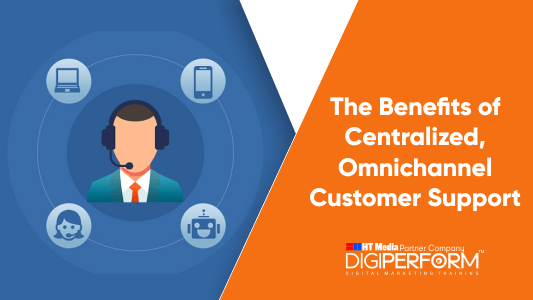Customer call centres need to change. At least, that is, if we look at customer satisfaction rates over the last decade. In 2010, global customer satisfaction with private call centres was 75%. Just ten years later, that figure drops to 71%.
Considering the advances in technology in the intervening time, this was an unexpected outcome. If anything, we expected customer satisfaction to improve. A close analysis of the statistics might indicate the reason for the decline.
At the end of 2019, global customer satisfaction was just 68%. The 2020 figures, therefore, indicate that we did something correctly in 2020.
What might that have been?
For one thing, companies were managing the fallout of covid-19. They were scrambling to provide service by any means necessary without worrying about the bottom line. As a result, clients received access to more service consultants and also innovative measures like voice bots.
The bots made it possible to direct calls quickly and efficiently and answer simple questions. However, 59% of business owners believe that chatbots struggle to understand the nuances of human communication.
The recognizable difference, therefore, is that the bots allowed companies to collate queries from several platforms. The client benefited by having one centralized support department irrespective of how they lodged their question.
The focus on customer support, providing a centralized omnichannel response, and appropriate use of technology raised customer satisfaction by 3% in one year. What makes this achievement impressive, however, is that this was the most brutal business year this millennium. However, with technology like VoIP phone systems businesses were able to take customer support to the next level and succeed.
Going forward, it makes sense for businesses to consider the benefits of adopting an omnichannel centralized approach. In this article, we’ll examine those advantages and see how professional support experts might implement them.
How Centralized, Omnichannel Customer Support May Benefit Your Organization
One-Stop Service
Raise Your Hand if the following interaction sounds Familiar:
Client: “Hi, my account number is 1245-4550-788. Please tell me what my installment this month is.”
Consultant: “I’m sorry, I’m in sales, and I don’t have access to that information. I can transfer you to accounts; please hold.”
The customer holds for a few minutes, and then the next consultant comes on the line:
Client: “Hello, is those Accounts? My number is 1245-4550-788, and I need my installment for this month, please.”
Consultant: “ I’m sorry, you’re through to the switchboard. The accounts department is busy on another call. May I try someone else for you?”
With a big sigh, the customer says,” Yes.” and waits for the next person to answer.
Consultant: “Good morning, this is Joe; how may I help you?”
Client: “Hi Joe, are you in Accounts?”
Consultant: “No, I’m in Tech Support, but I was passing the Accounts department and answered the phone. Can I give them a message for you or get them to call you back?”
The conversation is typical of what many clients experience when companies silo departments. Each section is only responsible for a small aspect of service. They cannot assist the client with anything outside of that.
In our example, the client dealt with three consultants, none of whom could answer his question. With a centralized call center, however, the client would call one number, and the consultant would be able to assist him immediately. If the agent didn’t know the answer to the question, they’d find out and tell the client.
The upside for the client is that there’s no playing phone tag or endlessly repeating his details. The upside for the company is increased productivity because agents don’t deal with calls outside their ambit.
Omnichannel Monitoring Keeps You Up to Date on Client Needs
Clients today have several platforms from which to communicate. If you’re lucky, they’ll lodge complaints with your service line. When clients decide not to take this course, however, they have several outlets in the form of:
- Social media pages
- Online groups
- Review sites
- Forums
Companies must monitor for mentions of their names online. They should then engage with the clients no matter what the platform is. Adopting a centralized approach makes it far simpler to collate these mentions and send out a consistent brand message.
Final notes
Clients today have several platforms from which to communicate. If you’re lucky, they’ll lodge complaints with your service line. When clients decide not to take this course, however, they have several outlets in the form of:
- Social media pages
- Online groups
- Review sites
- Forums
Companies must monitor for mentions of their names online. They should then engage with the clients no matter what the platform is. Adopting a centralized approach makes it far simpler to collate these mentions and send out a consistent brand message.






